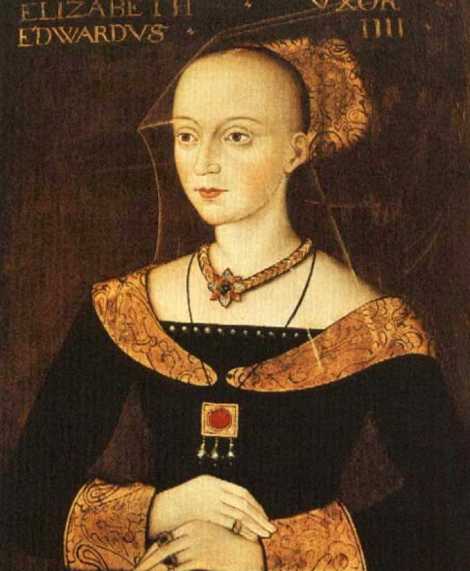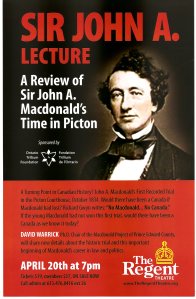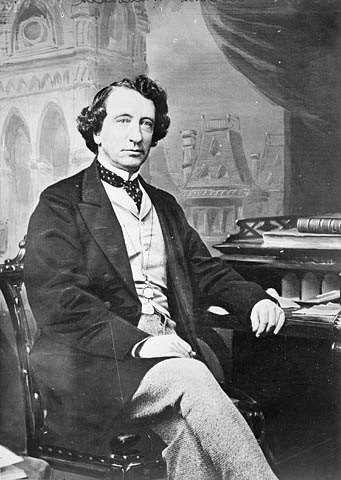Kind of a misnomer, really (royal), as most of us in Europe and the West have descended from some royal line, somewhere, usually due to some “illegitimate” son or daughter best hidden and remaining outside the “realm” until DNA or excellent genealogy uncovers the wayward seed.
Well, here we are in the 21st century when the wayward Lancaster and York roses of the 15th century and beyond were cast into the countryside, and on board ships, and off to the New World. And here I am, one of the little sprouts that dared live outside the bounds of religious or political order. A wayward daughter (myself) who sprung from a Queen who is mostly unknown, and was never a royal in the first place!

Elizabeth Woodville
Queen Consort to King Edward IV (her second marriage)
My 17th Great Grandmother (to many thousands)
b.1437 – d. 1492
Elizabeth Woodville (Wydville), the mostly obscure “White Queen” of author Phillipa Gregory’s novels and televised miniseries, originally a commoner, married John Grey of Groby (from whom I spring), who died during the battle at St. Albans for the Lancaster side. At a chance meeting on the road, King Edward IV, a Yorkist, fell in the love with Elizabeth when she pleaded to keep her land; he was so transfixed, he married her secretly in 1464, to the detriment of his own reign.
The Cousins War or “War of the Roses” continued to rage on, and after the death of King Edward IV (natural causes), her son ascended as Edward V only to be killed; she was displaced and her two younger royal sons removed and murdered in the Tower of London by the King’s ambitious brother, Richard, who later became King Richard III, later to be thwarted by the first Tudor King Henry VII.
Elizabeth exhibited bravery and some cunning as well, to protect her lands, and to enrich the lives of her many relations who benefited greatly from her increase in stature. She survived the changing of the guard and the many tragedies in that violent time, retiring as a dowager queen at Bermondsey Abbey, where she died in 1492.
Due to the discovery of Richard III’s bones, and a DNA sample, many are now finding a direct relation to his family, mine not included. I am on the other side of that history, the Woodville and Grey family who also have fascinating histories (including Sir Thomas Grey, 1st Marquis of Dorset, a relation of Lady Jane Grey who was beheaded later down the road by King Henry VIII, a distant cousin), and Elizabeth Woodville’s mother, Jacquetta of Luxembourg, “Lady Rivers” who was accused of witchcraft and apparently descended from a water deity (mermaid) named “Melusine” (who also entranced a man and became a woman; hence, the modern fable, The Little Mermaid!).
Quite a heritage for a little known queen.
Did I stumble upon this through my DNA? No, I inherited this story accidentally, having dusted through my family tree far back enough to piece together the past 17 generations to arrive in utter amazement at this unknown queen.
Elizabeth Woodville, my 17th Great Grandmother…
What does this mean? Not a thing. But fascinating nonetheless! Of course, I have to give her the credit for my stubborn assumption that I must have had royal blood somewhere, to justify my aversion to physical labour and my joy of leisure – not that she had any! I will take my obscure modern life, any day.
Son of Elizabeth Woodville; Queen Consort to Edward IV of England
Son of Sir Thomas Grey; 1st Marquis of Dorset
Daughter of Thomas Grey 2d Marquis of Dorset
Daughter of Katharine Grey
Son of Lady Joanna Jane FitzAlan
Daughter of Thomas Lumley
Son of Elizabeth LUMLEY
Daughter of Sgt. Thomas Edward Barber
Son of Mercy BARBER
Son of Samuel GILLETT
Son of Samuel GILLETT
Son of John G GILLETT
Daughter of Charles GILLETT
Son of Eunice GILLETT
Son of Barton R KEECH
Son of Hiram KEECH




